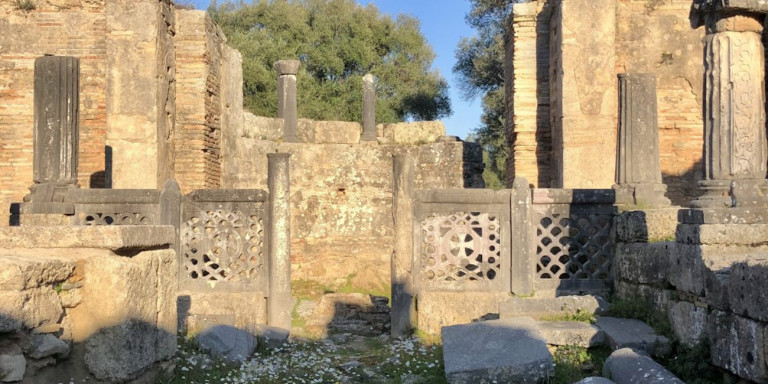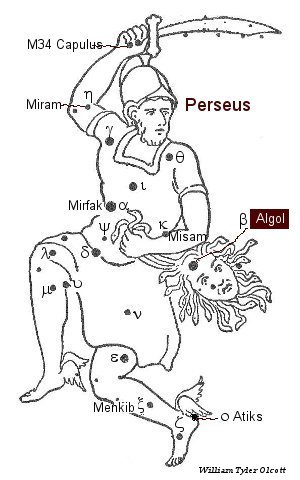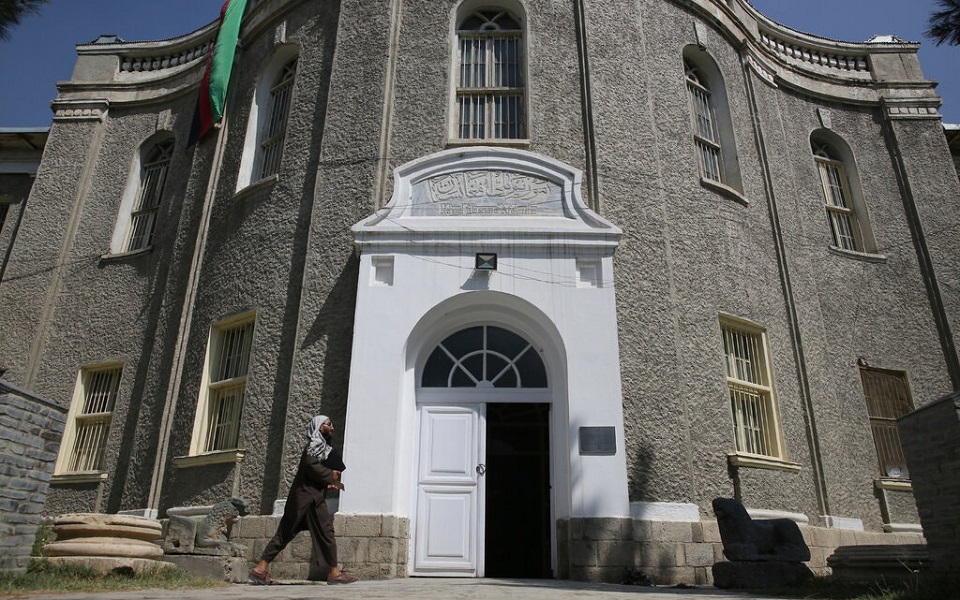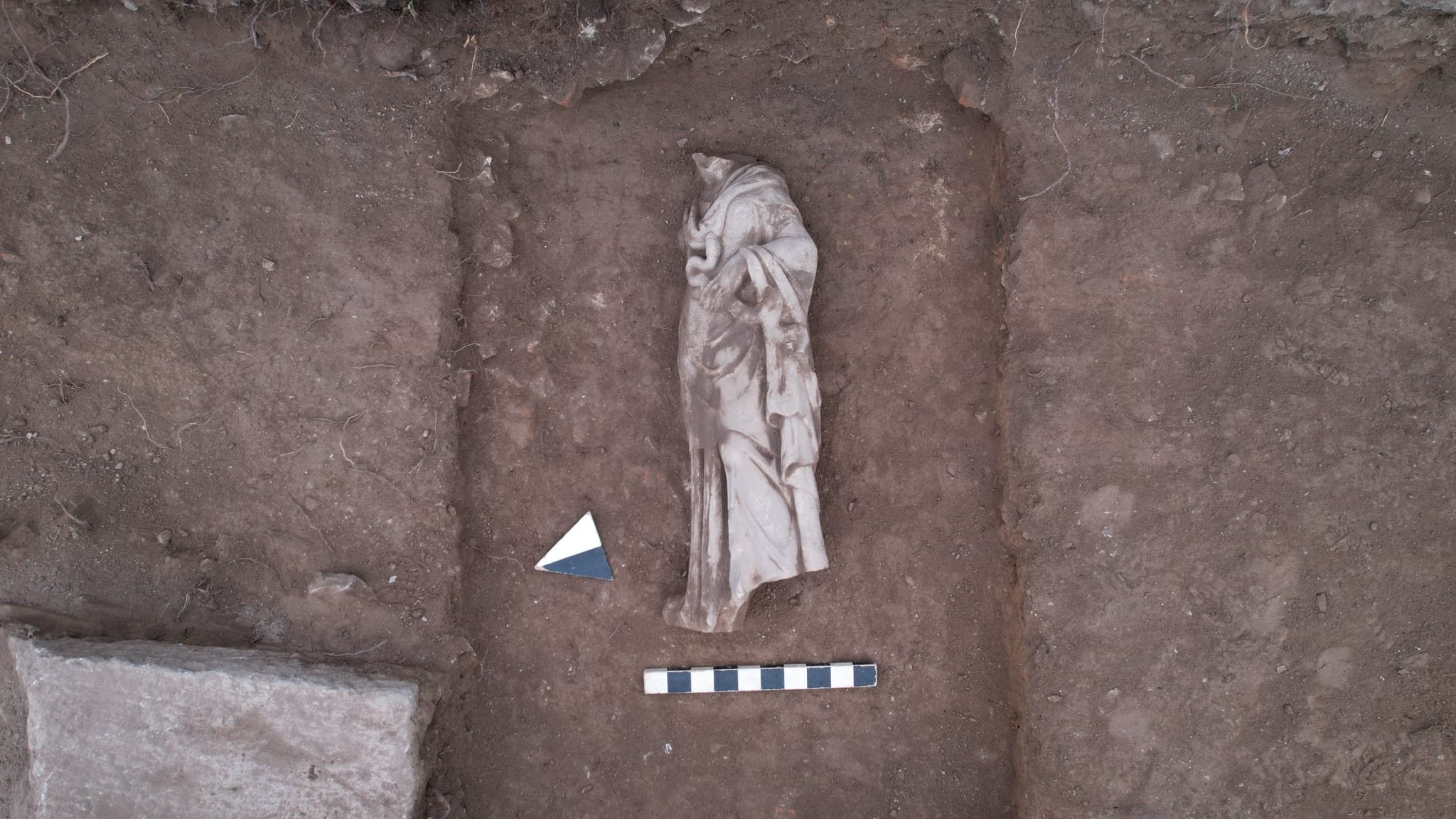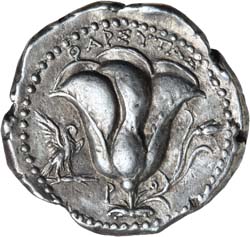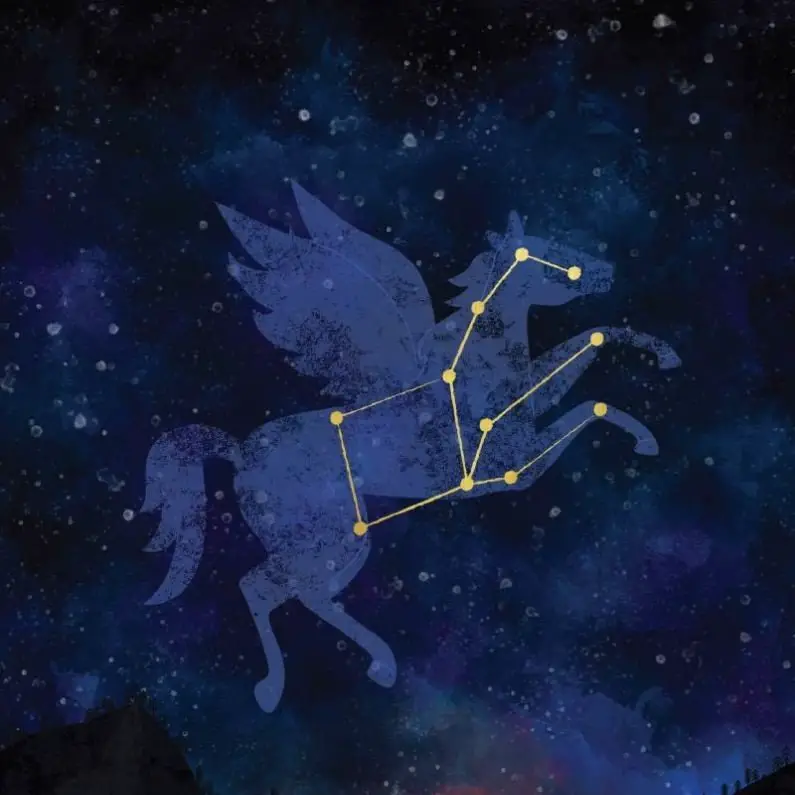“I’ve never participated in a more difficult excavation,” exclaimed Dr Efi Sapouna-Sakellaraki over the telephone, referring to this year’s research at Zominthos on the island of Crete. “It isn’t just the work, which is complex and very extensive, but also the limitations due to the pandemic, its contagiousness and variants.” Under these tough conditions, the team began working on July 15, and has been taking the same route each day – traveling 7 kilometers from Anogia to an impressive altitude of nearly 1,200 meters.
The scale of the project is visibly much smaller than previous years. Sapouna-Sakellaraki has been working at the site since 1982, when her late husband, Yannis Sakellarakis, discovered a large, two-story Minoan building there.
The director of the excavations told Kathimerini that they have “only six workers now, while other years we had 60, and just one archaeologist – Dimitris Kokkinakos – instead of seven. Nevertheless, we have all the necessary specialists (architect, conservator, photographer, designer) on the excavation site. I didn’t take anyone who hadn’t been vaccinated yet; I didn’t want to take that risk. The conditions are already difficult due to the heatwaves and Covid-19.” They are currently wrapping up their work on the site for this year.
This unique Minoan palace, situated on a mountain, uninterruptedly served as a strategic location over multiple centuries. It is close to Ideon Andron and Knossos, in a location which appears to have enjoyed a large income. The palace, which is the oldest building from the Protopalatial Period (1900-1700 BCE), is large, as is the building which was built over it during the Neopalatial Period (1700-1600 BCE). The latter, according to the excavations, extends across the entire hill.
Last year, a shrine was discovered outside the main building. Numerous objects of interest were found at its altar. The shrine, however, was built atop an even older structure, in which little figurines were found, among them a female which was named the “Lady of Zominthos.” In 2020, the main focus of interest was a burnt wooden object that was surrounded by 90 gold flakes. The excavator says that,
“...while we often pay attention to individual objects, we cannot forget that ancient civilizations also had the know-how to construct large buildings, drainage systems, sewers etc. We archaeologists often put emphasis on individual finds that can be transported and displayed, but everything else is equally important because it paints a complete picture, and sheds light on the truth.”
This year’s excavation extended outside the main building, where the palatial altar was discovered last year. As Sapouna-Sakellaraki describes it, beyond the building, which resembles a fortress with its 2.5-3-meter-tall walls, an entire city was built on top of older foundations. This year’s main find is a paved area totaling 78 square meters in the easternmost part of the site, outside of the palace.
“The interior was excavated last year, we found ramps leading to the central northern entrance where we had uncovered a sanctuary hiding 200 vases. The paved courtyard we found this year confirms the building’s grandeur. We had already found a sloping corridor, like the one at Knossos which played a role in rituals, so we know the courtyard here must’ve also been important for that purpose.”
The director of the dig stands on a layer of broken shells, about 50 centimeters wide, that separates the courtyard from the Protopalatial ruins.
“This is an excellent drainage system, and also a display of the engineering knowledge at the time. Many sections for pipes were also found within the walls for the purpose of water drainage. The objects found that can be transported include ritual basins, various clay objects, small and large pots used for heating water, and a small gold nail, whose origin we still have not identified – was it lost or stolen by the Romans? Everything indicated that it was a palace smaller in size to those at Knossos and Phaistos, but equal in luxury. It is obvious that the builders had sophisticated engineering knowledge, evidenced by the metallurgy workshops found last year. I recall Yannis Sakellarakis finding a crystal-processing workshop, a ceramics workshop, and a perfumery workshop. The inhabitants of the palace at Zominthos – descendants of the Knossos dynasty – were self-sufficient and active in multiple professions. They amassed wealth from the natural resources of Psiloritis (Mount Ida), gathering wool from the sheep, herbs, aromatic plants to sell at the market etc.”
Zominthos (excavated by the Archaeological Society) was a large religious, political and economic center that assumed the role of Ideon Andron, the birthplace of Zeus and thus a site of worship, throughout the winter months when it wasinaccessible due to the weather.
It was an impressive site with ample water resources and vegetation, a labyrinthine palace – the work of an ingenious architect – with subterranean and frescoed halls, skylights, large corridors, private rooms, staircases, indoor atriums, altars and workshops. The excavation of the palace is certainly inexhaustible and Zominthos clearly still has many mysteries to reveal.


